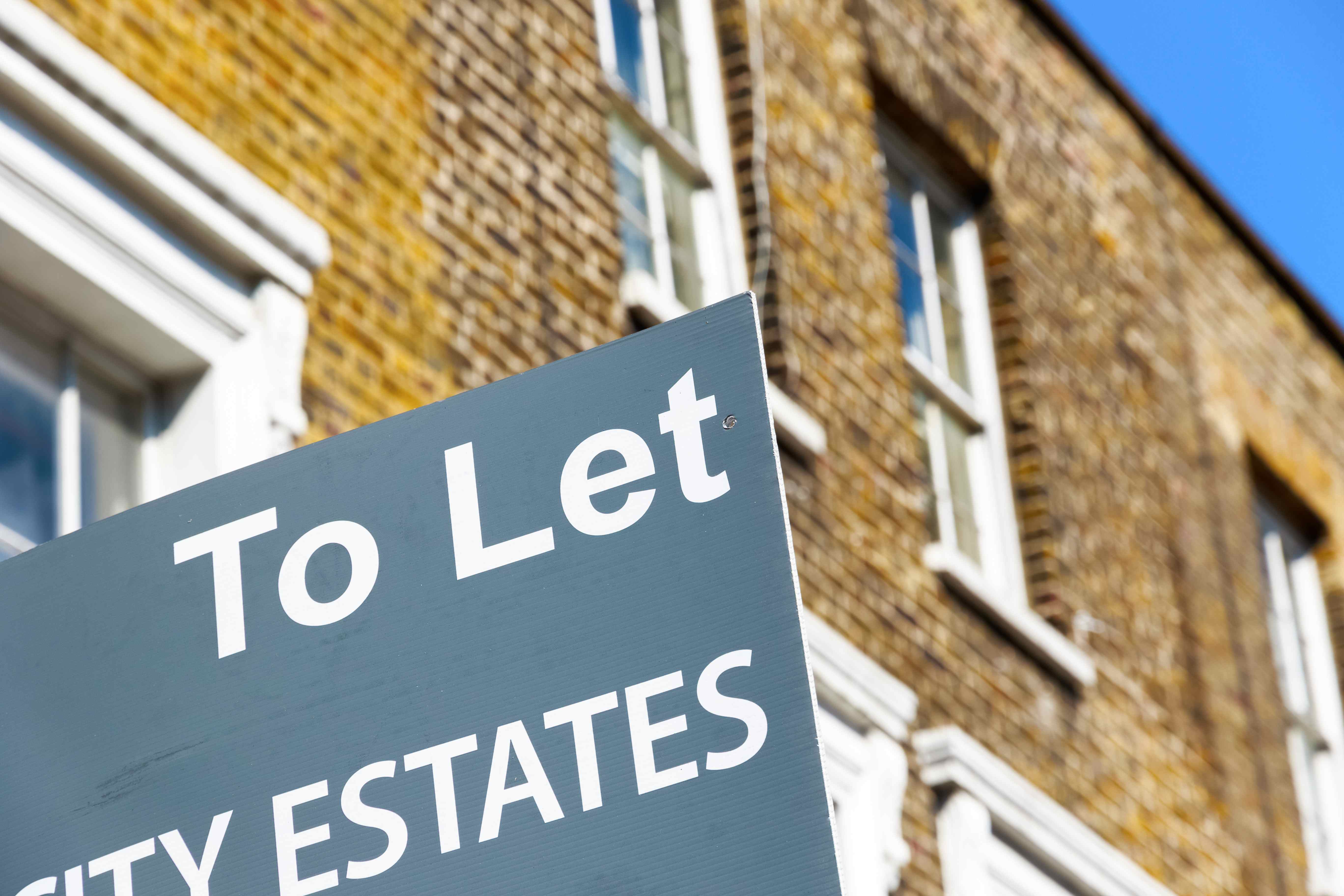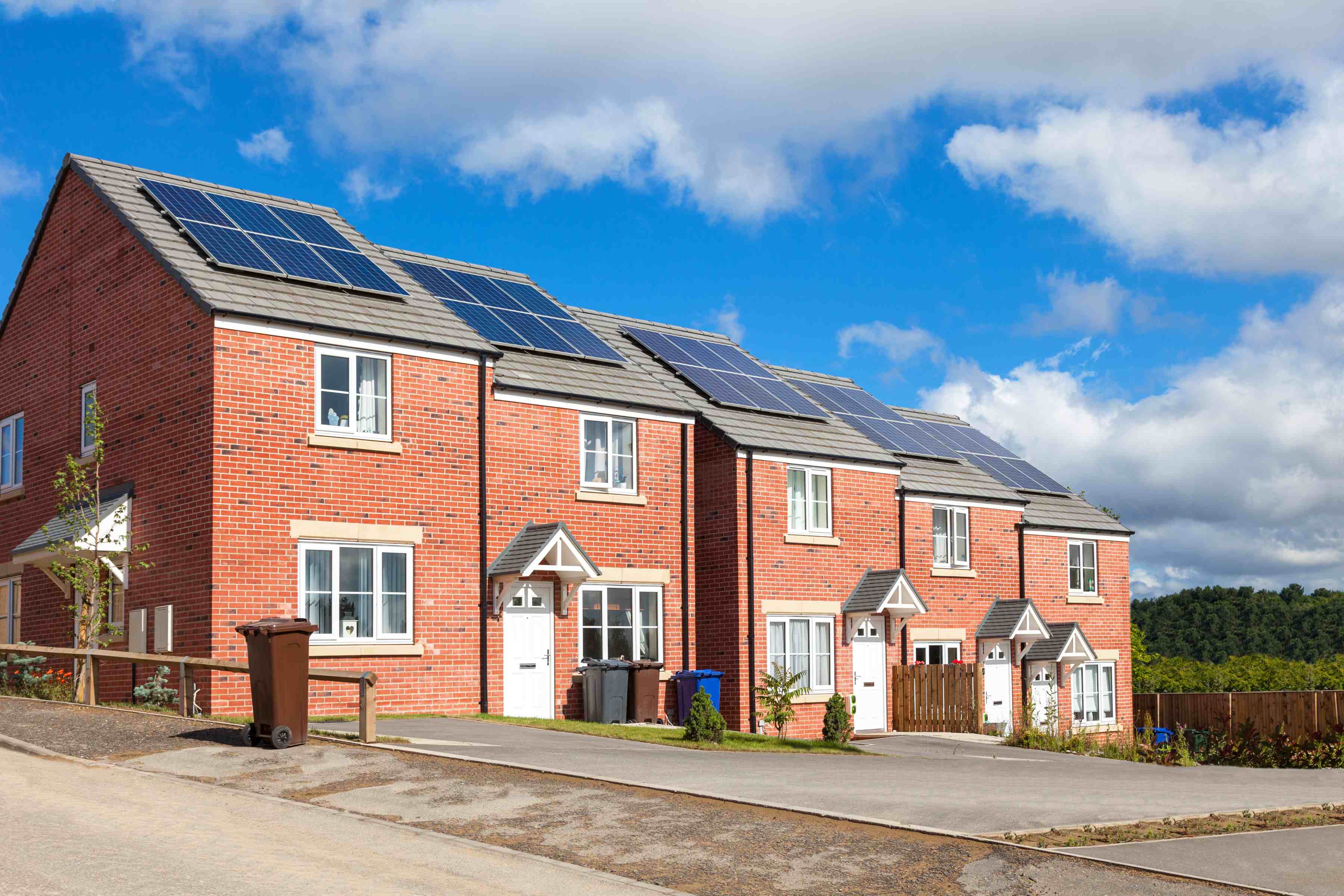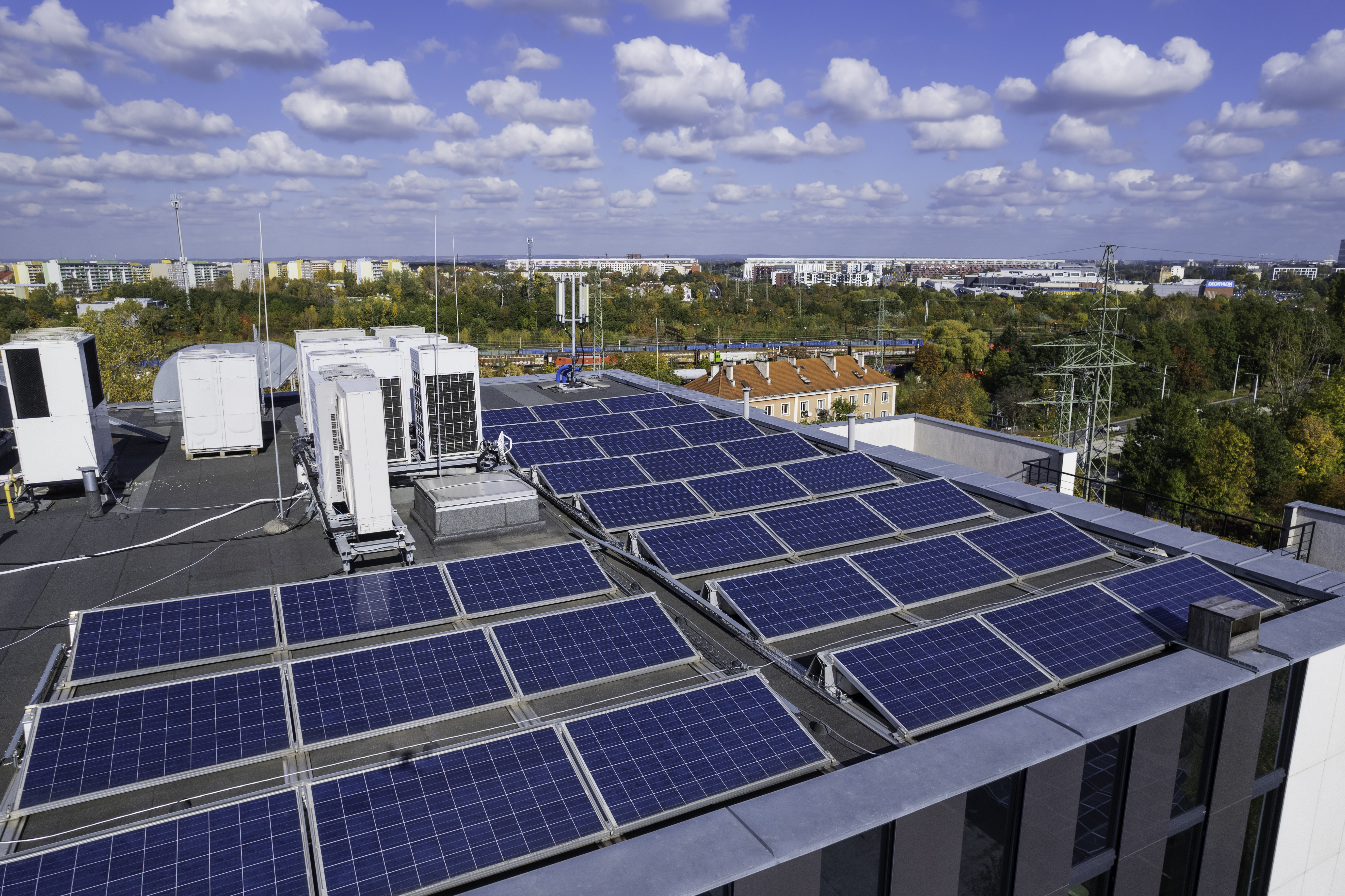What should I consider before installing panels?

You’ve decided you want to install solar photovoltaics (PV). Before you get going, there are a few more things that you may want to think about.
In general, many of these considerations will apply to both residential solar projects (putting panels on the roof of your own home) or other projects (such as local authority, or community initiatives). For more information on larger and non-residential projects see Factsheet 6 - Larger scale PV. Community Energy London also has an excellent guide to community PV projects, though it is London-focussed, most of the information is relevant wherever you are.
Time investment for installing solar PV
It is impossible to say exactly how long it takes to install PV, because it will depend on your specific circumstances. A good estimate for a residential solar project is that it will take around six months from deciding you want PV to generating electricity. However, if your project is more complicated it could take longer – for example, if you require planning permission (see below). Projects on non-residential properties are likely to take longer because there are additional complexities such as legal arrangements to sort out.
Project management
Project management refers to managing all the different aspects of the project. For example, on a residential installation it would mean coordinating between the installers of the panels, the scaffolders, the electrician, and others to ensure they all arrive when they are needed. In most cases, project management for residential projects will be done by the installers. This may not always be the case, so make sure you know who will be responsible for what!
On other installations, such as a community project, more project management will be needed. Whilst the installers may still handle all the installation steps, there will be many more moving parts such as physical and legal access to the installation location, and coordination with other organisations such as distribution network operators (DNOs). You or your group should decide how the project will be managed – can you divide tasks between members of your group or do you need to hire a project manager? However you choose to manage it, ensure there is clarity on who is responsible for what.
Planning permission for solar PV
Generally, PV panels are considered permitted development for a single dwelling home. This means you don’t need to submit a planning application if you occupy the entirety of the building. If you do not – for instance if the building is a block of flats, or a maisonette – you may need planning permission. A non-domestic building will almost certainly require planning permission. You may also require planning permission if you live in a ‘designated area’ such as a Conservation Area, a National Park, or an Area of Outstanding Natural Beauty. Conditions vary across the country so you should always double check with your local authority’s planning department.
Local attitudes to solar PV
Whether or not you require planning permission, it may be a good idea to let your neighbours know your plans. They may be interested in installing PV themselves, in which case you could make cost savings on scaffolding.
If you do require planning permission we recommend you seek pre-application advice from your local authority to improve your application’s chance of success.
Housing types
If you are the owner of the building on which you want to install PV then generally the process for installing panels is quite simple. However, if you don’t own the building (or don’t own it in its entirety), it can be more difficult to install PV – but it is not impossible. There’s more information and advice about the process for installing solar PV in this guide for rented, leasehold or shared-ownership homes.
Solar PV roof viability
This is one of the most important things to consider before beginning a rooftop PV project. If your roof is damaged in any way this will need to be rectified before solar panels can be installed. This is because solar panels are very heavy – about 18 kg each – and so can only be installed on a roof that is strong enough. Any reputable solar installer should perform a survey of your roof to ensure it can take the weight of the panels. Any damage that is not structural (for example damaged shingles) will need to be repaired prior to installing panels as well, to avoid having to remove the panels to make repairs at a later date.
Whilst repairing a damaged roof may be costly, installing solar panels at the same time means that some costs, such as scaffolding, can be shared between the two. You could even consider integrated solar panels, or solar roof tiles.
At this point you should also consider how different types of roof may affect the solar installation (particularly its costs). Generally, on a pitched roof, panels will be able to be installed directly on the roof. To do this, the slope will normally need to be about 30° to 40°, and face roughly south – though this is not always the case. Most pitched roofs in the UK will have the correct slope. Flat roofs will require a ballasted (weighted) framework to allow them to point towards the sun. This means that a flat roof installation tends to be more expensive than for a pitched roof. They will also be heavier, and you will require more space on a flat roof compared to a pitched roof for the same amount of generation. This is because panels on a flat roof need to be spaced out to prevent them shading one another.
Shading and solar PV
Your solar panels will be affected by shading – even the slightest shadow can reduce the system’s output. It’s important to understand if, and to what extent, the system will be shaded throughout the year. Solar Wizard takes account of this shading – but it can not detect everything (see the user guidance for more information on how shading is considered).
Remember that shading changes throughout the year. In summer the sun is high in the sky and objects cast a short shadow, whilst in winter the sun is low, and the same objects may cast a long shadow. This can mean that a tree that seems fine in summer may shade your panels in winter. In rare cases shading can also “block” the flow of current through the system leading to overheating of the panels.
The impact of shading needs to be considered when the financial payback is calculated during the feasibility assessment or installer survey. So if there is any potential shading make sure you discuss this your installer or system designer.
Grid connections and solar PV
How your solar PV will be connected to the national electricity grid is a crucial part of installing PV. It’s quite technical, but your installer will be able to help.
For a residential system, the vast majority of installations will require a G98 notification within 28 days of ‘commissioning’ (finishing the installation of the system). Where the generation capacity is greater than 3.68kW per phase, a G99 application will apply. You may need to discuss your plans with your distribution network operator (DNO) and this can take some time. Your installer should handle the process of the notification – but make sure you check when choosing an installer.
For more complex projects including non-residential properties, multiple arrays, larger installations, or innovative systems, the grid connection process is likely to be more complicated. Make sure you get professional advice - the earlier in the planning, the better.
If you don’t know who your DNO is, you can find out here.
The Energy Networks Association has produced a range of detailed technical guidance on grid connection, including a specific guide for community energy projects.





